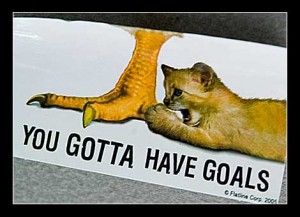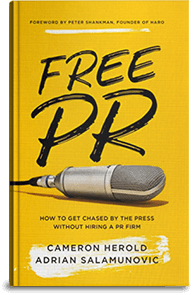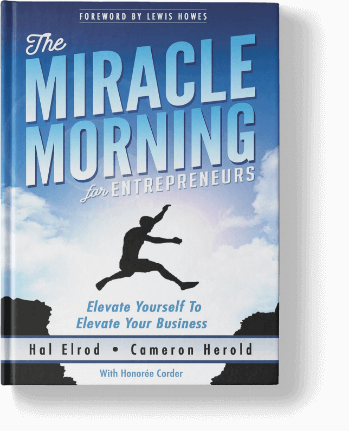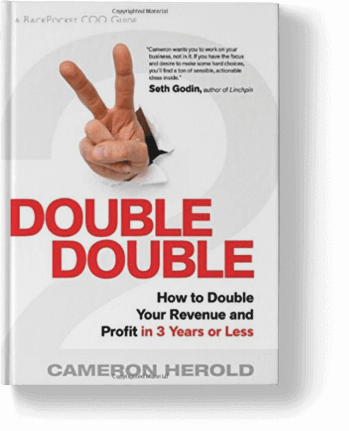 Tom Peters, in his book “ In Search of Excellence: Lessons from Americas Best Run Companies
Tom Peters, in his book “ In Search of Excellence: Lessons from Americas Best Run Companies”, which was one of the first business books I ever read talked about management by walking around – MBWA. It became the big buzz word 25 years ago and is still used today.
MBWA got into the fact that management tended to sit at their desks in private offices, or in board rooms with other managers who spent their time in private offices, and they made decisions about the business without having any real insights into the day-to-day or what the employees actually thought or did.
A mentor of mine Albert Koopman taught me about the South African way of leading teams. And it’s very different from the American autocratic/paternalistic style where leaders decide, and leaders tell subordinates what to do, and then hold them accountable to do it.
As Albert explained to me, in South Africa the largest majority of the workforce are black. According to Albert, “If you ‘tell them’ what to do they’ll fight back or simply won’t comply. So what they do as managers in South Africa is tell the workforce what the goals are, show them the direction the company is going in, and then let the workers figure out what and how to do it.”
They essentially inspire a team to go where they want them to go. I mentor CEO’s this very significant and effective point in running a business. This is how EVERY company should be led.
For more information on this topic, check out: Building a World Class Culture.
 Coaching and developing people is core to any leader’s role, and it requires communication.
Coaching and developing people is core to any leader’s role, and it requires communication.








